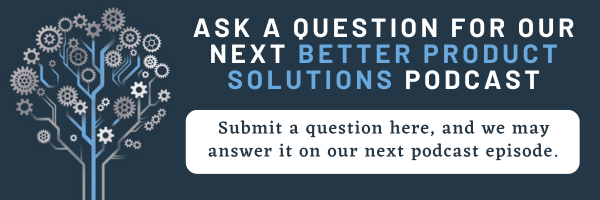In Episode 19, we had a great conversation about printed sensors with Brad Hull, Printed Electronic Solutions Business Unit Director here at Tapecon. In this episode, we discuss the evolution and future of sensors, printed electronics, flexible hybrid electronics, portable healthcare wearables, and consumer electronics.
Watch the Video
Listen to the Audio
Conversation Overview
- Brad Hull has served as the Printed Electronic Solutions Business Unit Director at Tapecon for three months.
- Brad has a great deal of experience in the printed electronics industry. In recent years, he’s focused on data-driven prints and functional printing.
- Tapecon migrated from graphical print to functional print.
- More people and businesses are using printed sensors to collect data insights and solve problems, including city designers and the NBA.
- Sensors impact our day-to-day lives and help improve society.
- Healthcare facilities can use printed sensors to monitor patients. Understaffed healthcare facilities can use sensors to lighten their employees’ workloads.
- The printed sensors industry has grown substantially in the last five years.
- The smartphone revolution has enabled the proliferation of sensors by serving as a communication link. Before smartphones, sensors had their own expensive communication networks.
- Smartphones are like a conduit, getting data from the sensing modality to the cloud.
- Individuals and companies can now capture data in a flexible way, allowing us to record data from the human body.
- Some companies have developed conductive layers for clothing and textiles, enabling more complex form factors.
- Companies now have the ability to print circuit boards on paper. Printed sensors are more sustainable than traditional printed circuit boards.
- Tapecon uses inductive charging to keep coin cells alive for longer durations, making them better for the environment.
- You can turn almost anything into a smart device. For example, you could install a sensor in your slippers to detect problems with your gait.
- Many of these new sensors are made to prevent catastrophes and mitigate damage.
- Brand owners now have many more opportunities to connect with their customers through sensors. They can use data insights to improve products and make them more efficient, bringing more value to their products.
- Brand owners can use customer data to sell them more products.
- Brand owners should be aware that their competition is likely investing in smart products.
- Tapecon is now creating smart devices in addition to our printed sensors, and Brad is passionate about using technology to solve business problems.
- “We don’t exclusively use printed components in our printed electronics. We sometimes use other components to make products more cost-effective while also improving sensing modality.”
- “We build products to address our customers’ needs and capture data insights.”
- Sensors are becoming more sophisticated and offer more benefits to consumers.
